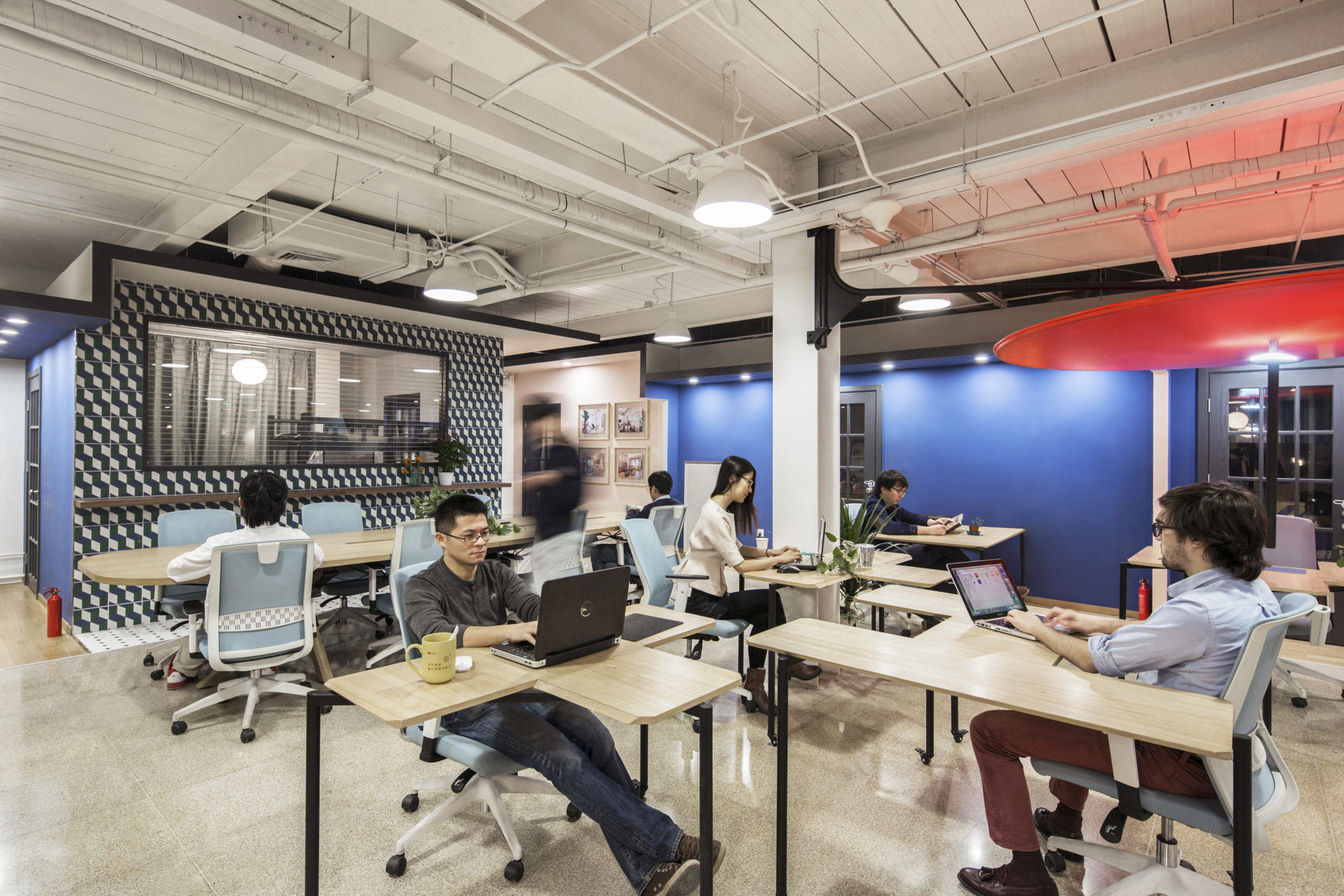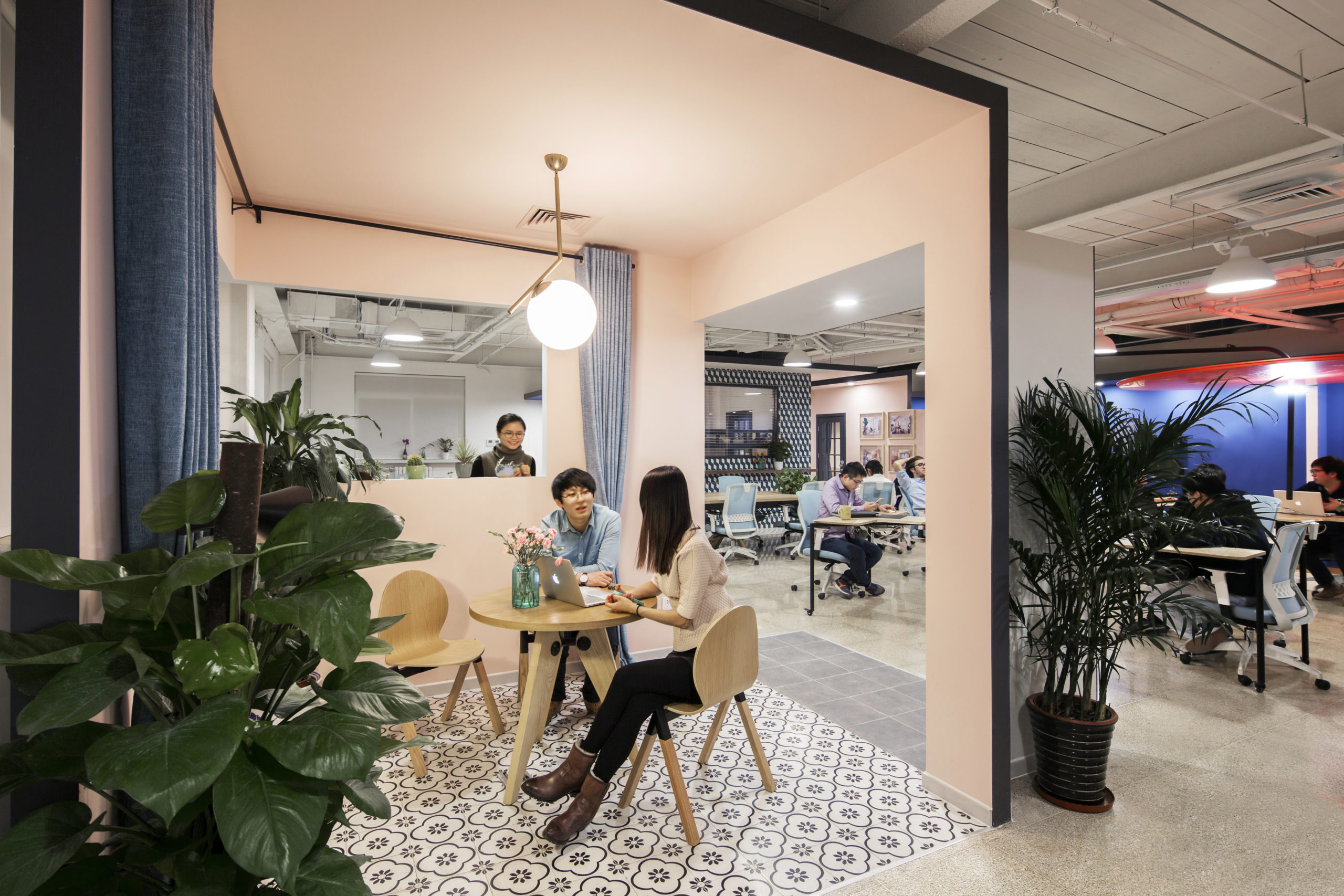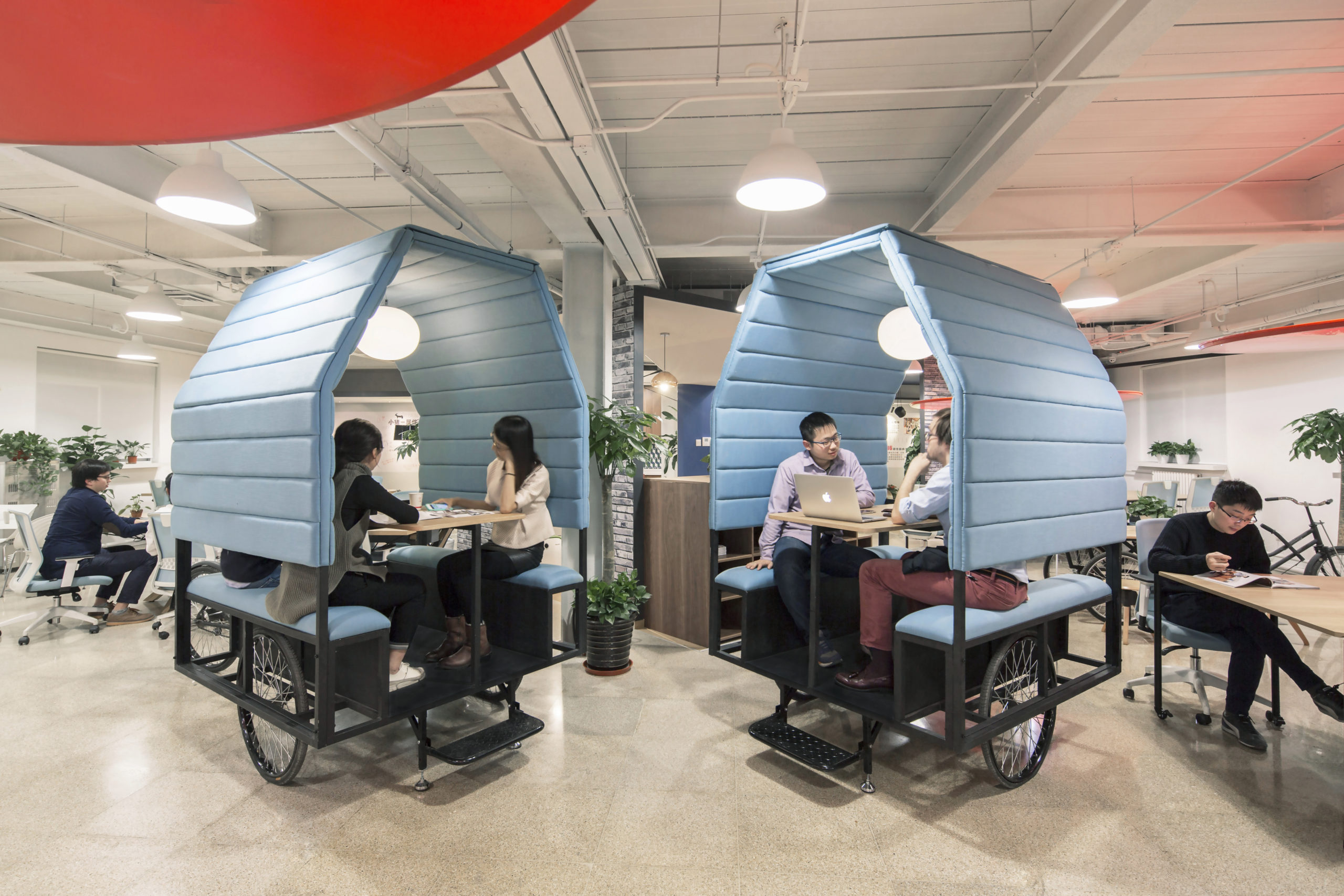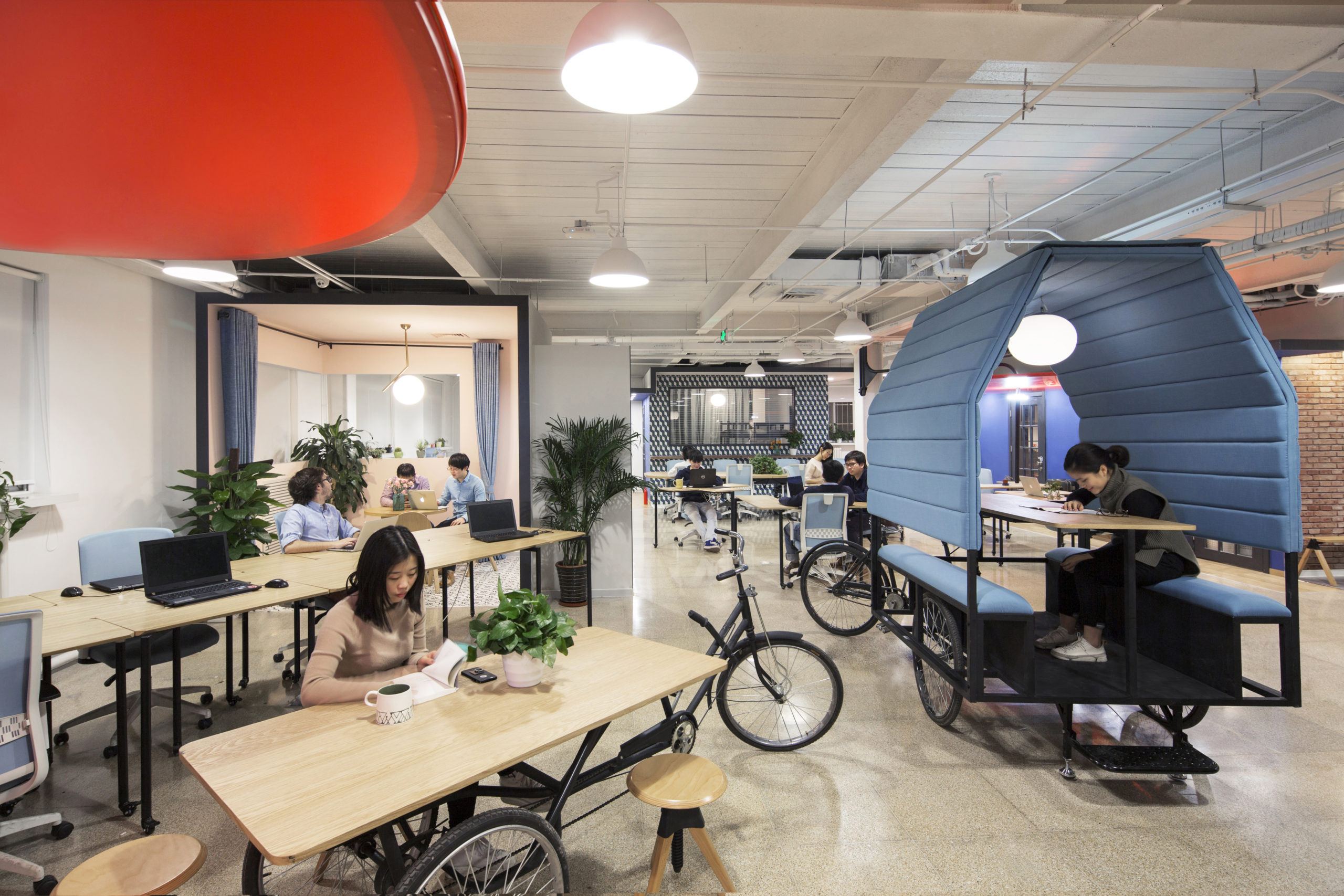ArchiHacks is an online resource for architects dedicated to architecture visualization, portfolio, and design tips and tricks for students and professionals. This article was written by team member Tommy Minh Nguyen.
Whether in personal matters or professional, it’s never a good feeling to get rejected — it can ultimately lower our confidence after trying so hard to get into that one school or job. Still, I firmly believe these —— with the proper attitude, will help us reach somewhere even better in the future. It’s not just about the right timing but also having the ability and motivation to take that opportunity when presented. These past two years have tested us beyond our limits and inconvenienced many, resulting in countless rejections. It is therefore crucial to take the time to process rejections and let them motivate you. Here are four tips to harness this mindset, allowing you to harness rejection to propel you to the next opportunity.
Tip 1. Follow-Up
Firms often don’t follow up after an interview; however, you should take the initiative and send a thank you email to follow up about your candidacy. After hours of applying and countless rejections, I can say, without a doubt, that you should always take advantage when a firm does send a rejection email! Why? In this case, the firm(s) may have viewed your application materials and considered you — ask them why they moved forward with another candidate.
It’s crucial to be receptive to feedback and open to improvement. Asking a firm for feedback shows your initiative and intentions to improve your skills and help you stand out should you apply to them again in the future. I’d consider some of Archi Hacks’ services with our wonderful designers’ team to review your portfolio! They have an excellent track record of providing insightful tips and critiques to improve your material, but don’t listen to just me! Read some of the testimonials on this page.
Another suggestion to consider when following up is asking if they have heard of opportunities with other colleagues or if they are able to refer you to another firm. This question could lead to promising opportunities to network while exploring other firms. Of course, asking for a referral may put you in an awkward position but, at the end of the day you are trying to progress in your career, which most employers will understand. However, there’s a particular tact approaching this trick, too. Be sure to take the time to thank those who interviewed you, and then proceed to ask.

House Parts Office by People’s Architecture Office, Beijing, China
Tip 2. Keep Applying!
Whether you decide to update your materials after the critiques or not, keep applying! It doesn’t hurt or cost you a lot to send out more applications. What’s the worst that can happen? If the firm rejects you, that’s a part of growth! There were two things I kept in mind while applying:
“First, be aware of the situation that I’m in. Second, I may not be a good fit for the firm’s culture, which doesn’t necessarily mean I don’t have the role’s qualifications.”
I kept those two thoughts in mind to help mitigate the impact on my confidence from each rejection. Today, it is easy to diminish our abilities and attack our self-esteem when our peers head in specific directions. Be kind to yourself. It’s not easy to find opportunities as some can make it out to be. Also, re-apply to firms if it’s been some time and you gained experience or a competitive edge that gives excellent talking points in the interview. You can leverage what you learned from the first interview, showcased how you improved, and why you are a better fit this time around.
Make sure to check Architizer’s Job Board, Indeed, firms’ websites, your governing architecture association’s job board (such as RIBA or AIA), your school’s job board, or LinkedIn job board. However, it can be challenging to get noticed on LinkedIn, so a great solution is to send a message to the individual responsible for the job posting or a specific company member. This significantly increases your odds of getting noticed not only on LinkedIn but also in general when seeking new opportunities for yourself.
Utilize your professional network, too, see if anyone needs your help, and don’t be shy when reaching out! While the global pandemic persists, these online networking tips will help expand your professional network giving you more chances to see unique opportunities. What about your university’s alumni network? Do you see someone in your alumni network working at your dream company? Reach out! Again, what’s the worst they can do?

House Parts Office by People’s Architecture Office, Beijing, China
Tip 3. Continuing Education
If spending hours applying isn’t fruitful, consider pivoting to developing your skills; maybe taking a skills-based course will benefit you more. Are there specific skills you excel in and want to improve, like arch visualization, BIM software, or graphic illustrations? The list of skills to improve can go forever! However, it’s crucial to make efforts towards a skill that can make you more marketable to firms, and this will depend on which firm you’d like to join.
Like LEED, you can also pursue architectural accreditations to make yourself stand out from others vying for the same position.
Continuing education applies to theory-based courses too. Universities like Harvard Online provide many free classes, such as The Architectural Imagination, Inclusive and Sustainable Cities, or even Entrepreneurial Land Redevelopment Approach: Land Readjustment. This opportunity is a great way to continue learning the theoretical approach towards architecture and increase your market competitiveness.

House Parts Office by People’s Architecture Office, Beijing, China
Tip 4. Opportunities are Opportunities
You’d be surprised at the unique opportunities available to you and where they can take you. Full-time employment is not the only path. If possible, we strongly recommend you take up freelancing or contract drafting work for firms between opportunities. Freelancing has become much easier as many companies have adopted or adjusted to a remote working style, so it’s possible to work for a firm from a considerable distance away. I’ve personally used UpWork, which has a high service fee, but there are other options available, like Fiverr, SuperSourcing, or Freelancer. Please keep in mind these platforms vary and require research time to see what would work best for you. You could also extend directly to a specific firm asking for possible freelance/contract work too.
Construction work is another great experience to have when applying for a firm; whether it’s residential or commercial experience, you will develop a deeper understanding and alternative perspective of how a building is designed and put together. This experience benefits you and demonstrates to an employer that you can formulate construction documents and complex components for approval submissions.
Although terrible to feel, rejections will eventually make us feel fulfilled when all that anticipation reaches a pinnacle of excitement when you get that email that reads, “Congratulations, . . .” Of course, it will take preparation, patience, and hard work to get there, but we guarantee it’ll be worth it!
Subscribe to ArchiHacks on YouTube and Instagram for future content. For more resources, including 3D asset downloads, visit our website.
Browse the Architizer jobs board and apply for architecture and design positions at some of the world’s best firms. Click here to sign up for our Jobs Newsletter.









